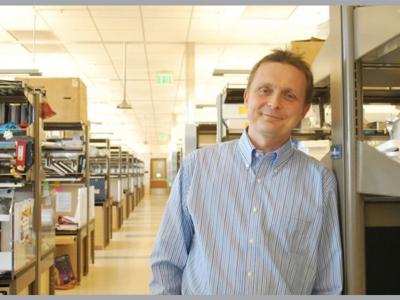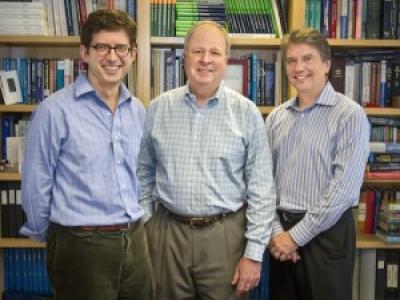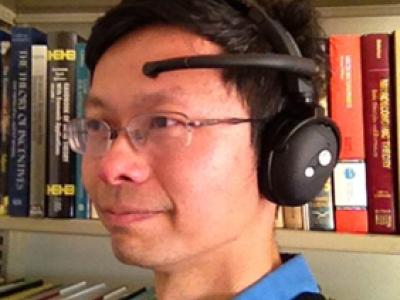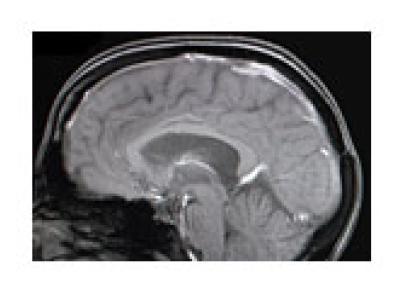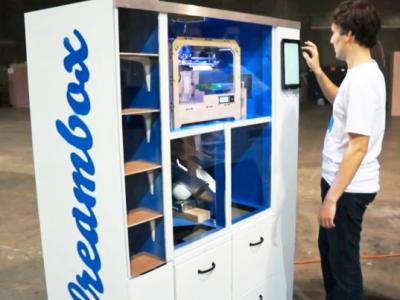Creating a New Trail to Solve an Old Problem
Ants normally distinguish friend from foe by detecting colony-specific molecules called pheromones that coat their bodies. Neil Tsutsui has identified the recognition pheromones and other chemical signals, and has shown in experiments that the ants’ behavior can be tweaked by exposing them to identical, environmentally harmless synthetic pheromones.




